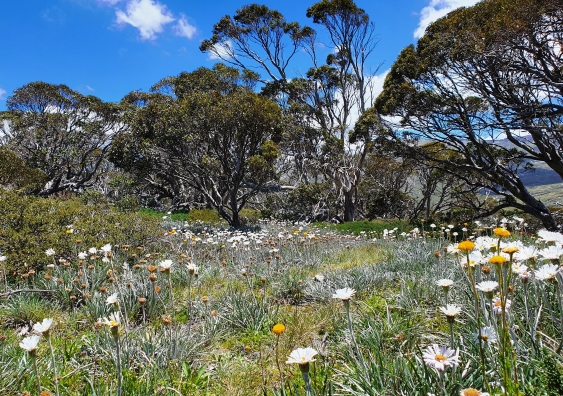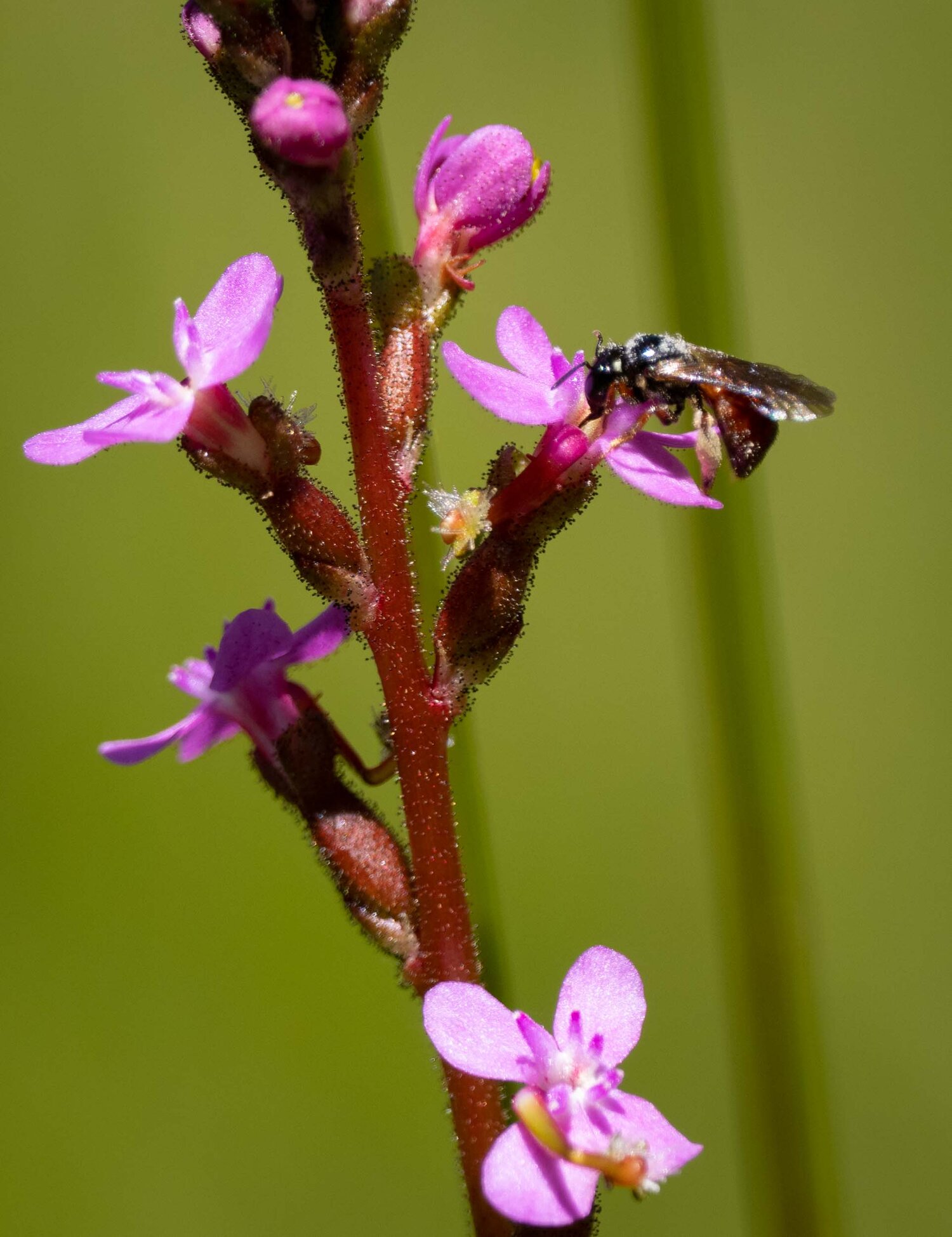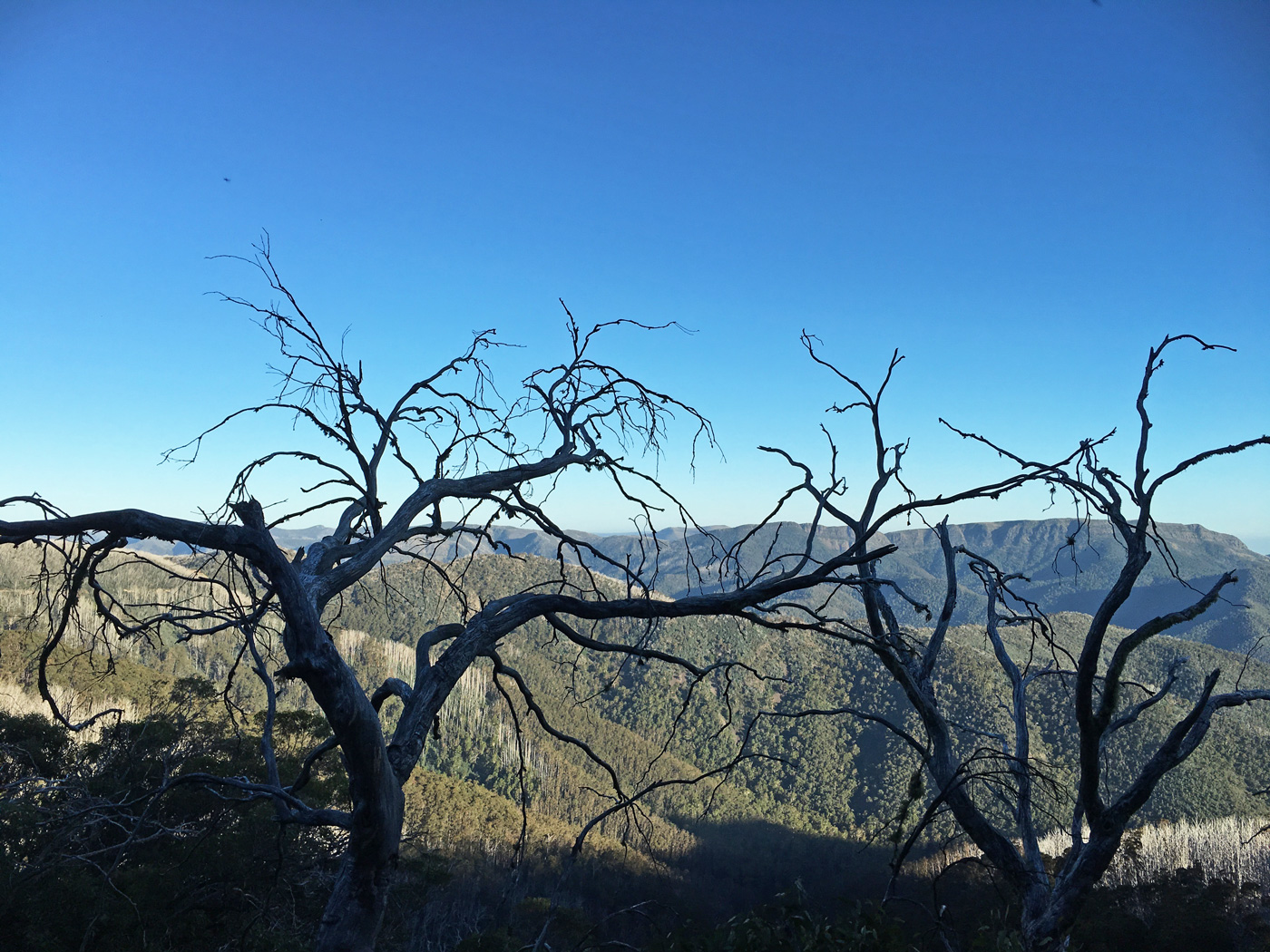Australia’s Alpine ecosystem is incredibly rare as one of Australia’s smallest bioregions. It is so marginal that it is frequently used in international studies as a marker for climate change! Despite the rocky soils, harsh winter snow and wind, and high temperatures in summer, this landscape is host to an incredible diversity of native flora (plants) and fauna (animals). This article is going to focus on some of the endemic (local) plant species that you possibly haven’t even noticed before.
Flowers that grow in Australia’s alpine region
Species such as Mountain Celery (Aciphylla glacialis), Alpine Pineapple Grass (Astelia alpina) and Alpine Marsh Marigold (Psycrophila introloba) grow exclusively in Australia’s alpine regions and have developed unique adaptations to survive.
Caption: Mountain Celery (Aciphylla glacialis) is exclusive to the alpine.
Alpine Pineapple Grass (Astelia alpina), we can see where it gets its name.
So, let’s find out what is so special about them!
Alpine Marsh Marigold and its neighbouring plant communities can even begin flowering under snow and running snowmelt! These are often the first plants to flower after winter, but anytime from November to February, the Alps will explode into a flurry of colour as plants maximise the short hot summers.

Australian Alpine wildflowers in bloom.
White snow daisies (Celmisia spp.), yellow Craspedia (Craspedia aurantia), Everlasting paper daisies (Xerochrysum subundulatum), and pink trigger plants inundate the dry snowfields. Pink trigger plants (Stylidium montanum), use a catapult-like mechanism triggered by native nectar-feeding bees to ‘slap’ pollen onto their backs to be distributed when they feed on the next flower, hence resulting in reproduction. Yep, that’s right they literally slap pollen on bees!


Pink trigger plant (Stylidium montanum) slapping a bee!
If you ever get the chance, head up the mountain in spring or summer and treat yourself to a walk on the fields you love to ski in winter. Take some time to appreciate the abundance of flora and fauna living in our alpine playgrounds.
See if you can spot some Mountain Celery or Alpine Pineapple Grass, or better yet try to spot a bee getting slapped!
